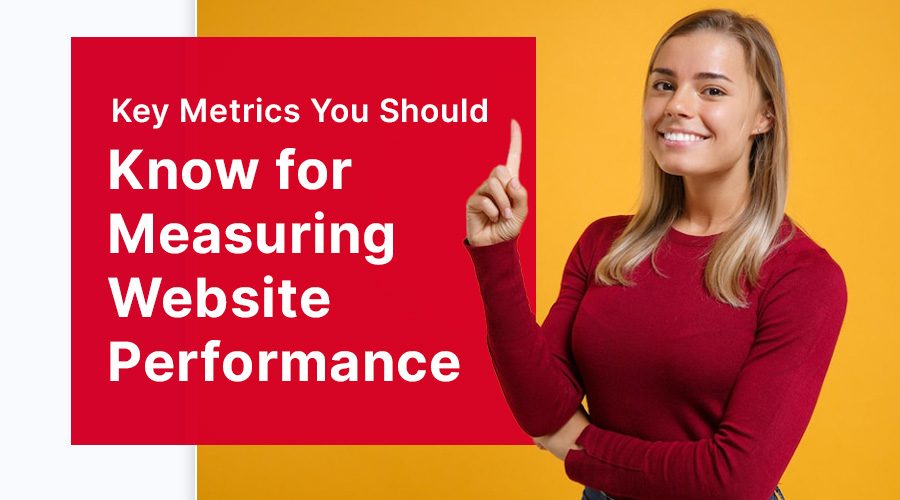Introduction
Have you ever wondered how you can measure the success of your website? Well, if you have, you’re in good company. Let’s face it; we’re all after that digital gold mine, right? What’s the secret sauce to ensuring your website is performing at its best? Sit back, grab a coffee, and let’s dive into the fascinating world of website performance metrics. This might just be the guide you never knew you needed!
Table of Contents
- Understanding the Basics
- Page Load Time
- Bounce Rate
- Conversion Rate
- Return Visitor Ratio
Understanding the Basics
Before we dive into the specifics, let’s get our hands dirty with some fundamentals. What are website performance metrics, and why should you care about them? Well, imagine baking a cake without knowing if it tastes good. Weird, right? Similarly, running a website without understanding its performance is like shooting in the dark.
Website performance metrics give you the tools you need to measure the effectiveness of your site. They’re like your very own crystal ball, offering insights into what’s working, what’s not, and where you can improve. Once you understand the numbers, you can start making informed decisions. Neat, huh?
Page Load Time
Picture this: you’re waiting for a website to load, but it’s taking forever. Frustrating, isn’t it? Well, you’re not alone. In the fast-paced digital world, every second counts, and page load time is a crucial metric that shouldn’t be overlooked.
A study by Google revealed that as page load time goes from one to three seconds, the probability of bounce increases by 32%. That’s huge! Reducing your website’s load time can significantly improve the user experience and increase engagement. So, keep an eye on your page load time. Your visitors, and your bounce rate, will thank you.
Bounce Rate
So, what is a bounce rate, and why does it sound like something related to a basketball game? Simply put, the bounce rate measures the percentage of visitors who leave your site after viewing only one page.
A high bounce rate might indicate that your site isn’t capturing the visitor’s interest or providing the value they’re seeking. Is it your content? Or maybe it’s the design? Analyzing your bounce rate can help uncover potential issues and offer invaluable insights to improve your website. After all, you wouldn’t want your guests to leave after the first course, would you?
Conversion Rate
Next on our list is the mighty conversion rate. Now, if bounce rate is the bad guy, conversion rate is our superhero. It measures the percentage of visitors who take a desired action on your site, be it making a purchase, signing up for a newsletter, or any other goal you’ve set.
Increasing your conversion rate can have a significant impact on your business. Imagine if you could turn more of your visitors into customers. Pretty cool, right? But how can you achieve this? By improving your website’s design, optimizing your content, and understanding your users’ needs, you can enhance your conversion rate and see your business flourish.
Return Visitor Ratio
Last but certainly not least, we have the return visitor ratio. This metric shows the percentage of visitors who come back to your site after their initial visit. It’s a bit like seeing a familiar face in a crowd. It’s comforting, right?
A high return visitor ratio is often an indicator of good user experience and valuable content. It means people liked what they saw and decided to come back for more. So, if you’re seeing lots of familiar faces, it means you’re doing something right!
Conclusion
Understanding your website performance metrics is crucial to the success of your digital venture. As we’ve seen, these metrics serve as your roadmap, guiding you to improve your website and overall user experience. Remember, data doesn’t lie, and these metrics are a treasure trove of information.
If you want to save time and have a website that performs like a well-oiled machine, consider Webnobby. With our expertise in website design, development, and optimization, we can ensure your site not only looks good but performs to its fullest potential. After all, a high-performing website is not just about numbers; it’s about creating meaningful experiences for your visitors.


